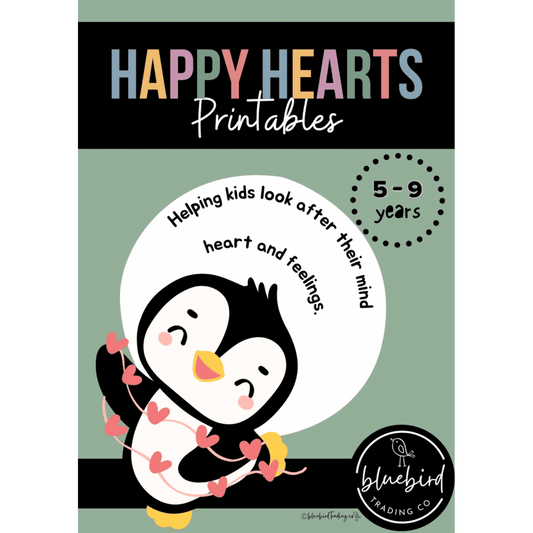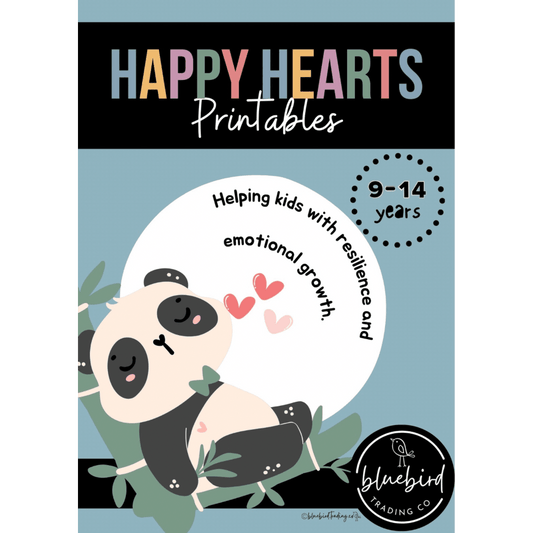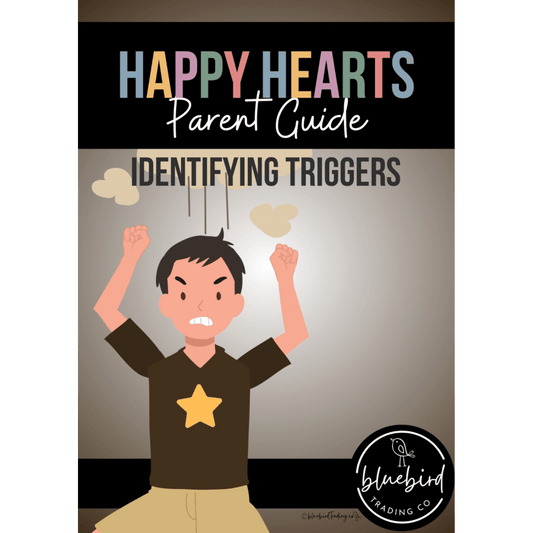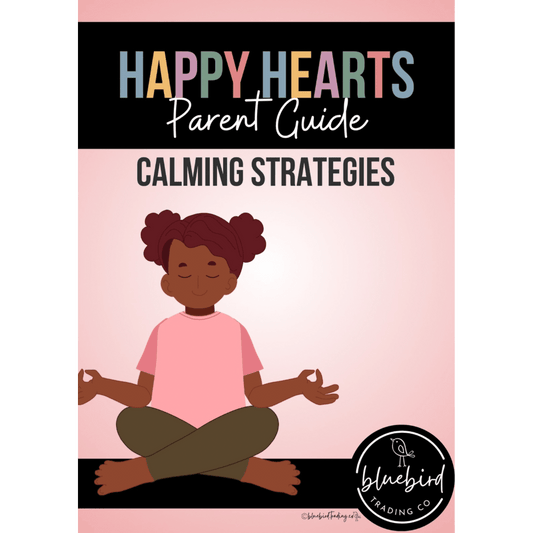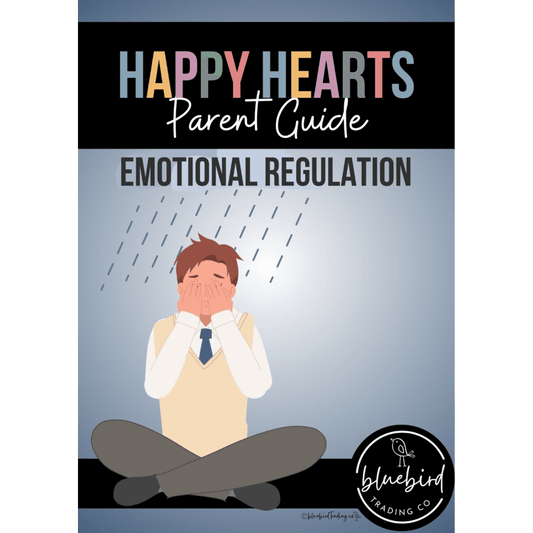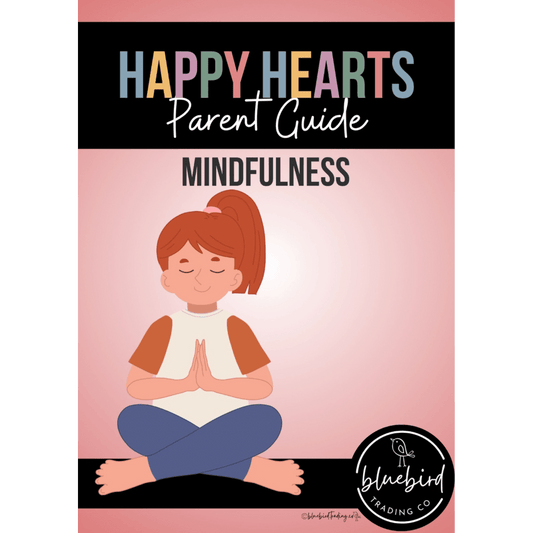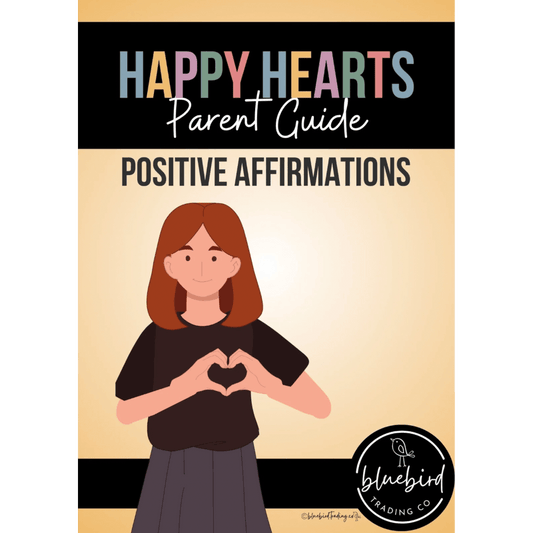10 Calming Strategies Every Parent Should Teach Their Child

Every child experiences big feelings - but not every child knows what to do with them. Tantrums, shutdowns or sudden outbursts often happen because kids don’t yet have the tools to calm themselves. That’s where you come in.
By teaching simple calming strategies, you can help your kids manage stress, regulate emotions and feel more in control - skills they’ll carry for life.
Here are 10 calming strategies every parent should teach their child, starting today.
1. Belly Breathing (Deep Breaths to Calm the Body)
Teach your child to breathe slowly in through the nose and out through the mouth, placing a hand on their belly to feel it rise and fall.
Why it works: Deep breathing slows the heart rate and signals the brain that it’s safe.
2. Counting Backwards
Ask your child to count down slowly from 10 (or even 20) when they feel overwhelmed.
Why it works: It shifts focus away from the trigger and activates the logical part of their brain.
3. Use a Calm-Down Jar
Shake a glitter jar and ask your child to watch the glitter settle as they take slow breaths.
Why it works: The visual focus is soothing and helps children slow down emotionally.
4. Name the Feeling
Encourage your child to name what they’re feeling: “I feel angry,” “I feel worried.”
Why it works: Labeling emotions helps children gain control over them and improves their emotional awareness.
5. Squeeze and Release (Progressive Muscle Relaxation)
Guide your child to squeeze their fists or shoulders tightly, then release. Do this for other body parts too.
Why it works: Helps release physical tension linked to strong emotions.
6. Create a Calming Corner
Set up a space at home with calming items - books, soft toys, sensory tools, printable colouring sheets.
Why it works: Having a safe, quiet space empowers children to regulate independently.
7. Visualizations (Mindful Imagining)
Guide your child to close their eyes and picture a peaceful place - like a beach, forest, or cosy room.
Why it works: Imagery calms the nervous system and engages imagination in a positive way.
8. Use Positive Affirmations
Have your child repeat calming phrases like:
• “I am safe.”
• “I can handle this.”
• “I can calm my body.”
Why it works: Repeating affirmations rewires negative thought patterns into empowering ones.
9. Movement Breaks
Encourage your child to jump, stretch or go for a quick walk.
Why it works: Physical movement helps release built-up energy and resets the brain.
10. Use a Feelings Chart or Calming Cards
Printable visuals like feelings charts or calming cards help your kids choose a strategy independently.
Why it works: Supports self-regulation and builds emotional awareness through choice.
Calm is a Skill - And You Can Teach It
Children aren’t born knowing how to calm down. But with the right tools, support, and practice, they can learn. By introducing and practicing these strategies early, you give your child a strong emotional foundation that benefits their wellbeing for years to come.
Want easy tools to get started?
Grab our Happy Hearts Printable Activities filled with breathing cards, calming corner activities and self-regulation worksheets designed just for kids.

